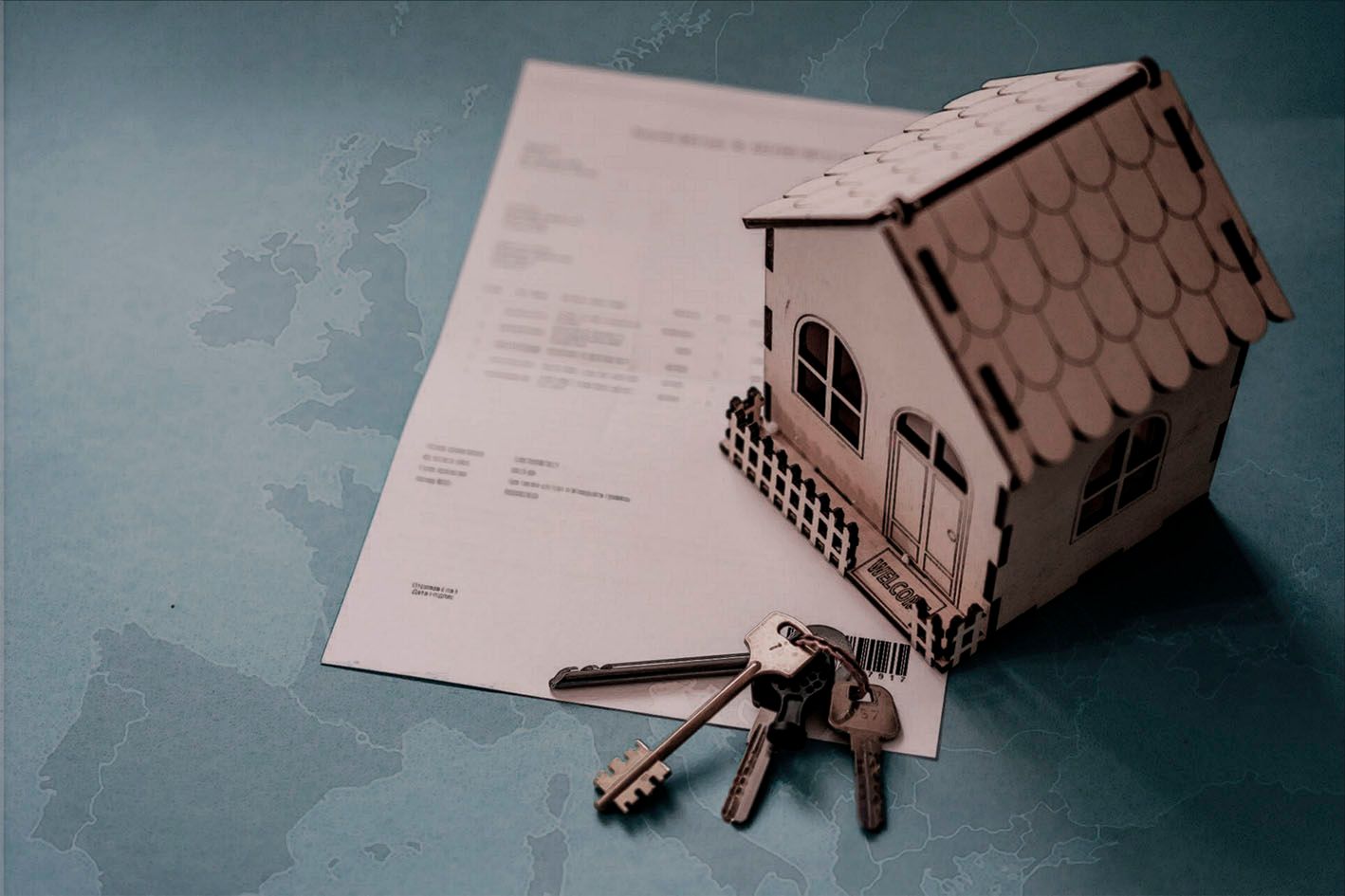Foreign investment in Andorra: from openness to selective regulation
Andorra consolidates a responsible and traceable foreign investment model aligned with sustainability, while preserving its economic sovereignty.

🕒 Reading time: 8 minutes
🏁 Introduction
For more than a decade, foreign investment has been one of Andorra’s main engines of economic transformation.
Unlike EU Member States, the Principality is not bound by the European principle of free movement of capital.
It therefore maintains its own system of authorization, registration, and control, designed to balance economic openness with the protection of national interests.
This duality — welcoming foreign capital under conditions — explains why Andorra created a specific legal framework, adapting it over time to a changing economic and social context: initially to attract investors, and now to guide them toward sustainable growth.
❗ What is considered foreign investment and why a specific regime exists
Foreign investment includes any direct or indirect participation by non-resident individuals or entities — or residents for less than three years — in the capital of Andorran companies, as well as the acquisition of real estate or property rights by foreigners.
This framework stems from a unique legal reality:
Andorra was not part of the European Economic Area and was therefore not obliged to guarantee the free movement of capital.
Foreign investment required explicit authorization to protect economic sovereignty, public order, security, health, and the environment (principles still reflected in Law 10/2012 of 21 June on foreign investment).
The Andorran model has thus evolved as a hybrid system: open to international capital, but with administrative controls and strategic goals such as economic development, territorial balance, sustainability, and housing.
👉 To understand how residence and investment interact, read Types of residence in Andorra: active, passive and tax residence.
🏛️ From openness to maturity: regulatory evolution (2012–2025)
🟡 2012: controlled liberalization
Law 10/2012 marked the beginning of the modern model. Until then, foreign capital was limited to specific sectors or minority holdings.
The new law removed most restrictions, allowing up to 100% foreign ownership while maintaining prior authorization and mandatory registration.
Its goal was clear: to attract productive investment in sectors such as technology, finance, health, tourism, and education — diversifying an economy overly dependent on retail and proximity tourism.
🟢 2012–2022: consolidation and normalization
During this decade, foreign investment became a structural pillar of the Andorran economy.
The country signed double taxation treaties, implemented a competitive direct tax system, and built a reputation as a transparent jurisdiction.
However, the massive inflow of foreign capital — particularly in the real estate sector — created tensions in the housing market and growing social concern.
➤ Learn more in Double taxation agreements and their practical application, where we explain how these treaties encourage investment and prevent double taxation.
🔴 2023: temporary suspension and model redefinition
With Law 16/2023 of 7 September, the Government temporarily suspended new authorizations for foreign real estate investment.
The aim: to ease pressure on the housing market and design a framework balancing growth and accessibility.
🟡 2024–2025: toward responsible and traceable investment
Law 3/2024, of 1 February, and Decree 76/2024, of 29 February, created the Foreign Real Estate Investment Tax, which applies to the acquisition of property by non-resident foreigners or companies with foreign capital.
This tax redefines the fiscal framework of foreign real estate investment and seeks to balance capital attraction with access to housing.
➤ To learn in detail how this new tax works —its rates, incentives and formal obligations— you can read the article The Foreign Real Estate Investment Tax in Andorra: purpose, structure and practical application.
Decree 137/2025, of 9 April, approved the new Foreign Investment Regulation, which establishes the procedures for authorisation, formalisation and registration, as well as subsequent control.
This regulation develops Law 10/2012 and connects it with Law 5/2025, on sustainable growth and the right to housing, reinforcing the idea that investment must generate real value for the country.
➤ The latest evolution of the model is consolidated with Law 5/2025, known as the Omnibus Law on sustainable growth and the right to housing, which redefines the limits of real estate investment and aligns economic development with housing policy.
🗝️ Key elements of the current system
- Prior authorization
required before any direct or real estate investment can be formalized.
- Notarial formalization
transactions must be completed before an Andorran notary within six months.
- Registration and traceability
The Register of Foreign Investments tracks transactions and beneficial ownership.
For practical details, consult How to obtain foreign investment authorization.
🏗️ Foreign investment and real estate: the country’s new priority
The system distinguishes between acquisition and real estate development.
The latter is only authorized if at least 50% of the total usable area is devoted to affordable rentals for ten years.
The aim is clear: to combine private investment with social accessibility.
The tax on foreign real estate investment includes fiscal incentives (reductions or refunds) when properties are used for long-term rental.
➤ For further insight, read Real estate development and affordable housing: new requirements and profitability control.
To understand the broader economic context, read Andorra’s real estate market: dynamics, prices and outlook.
🇪🇺 Differences with the European framework on free movement of capital
Within the European Union, the free movement of capital prohibits general restrictions on investment between member states, except for public order or security reasons.
Andorra, not being part of the EU or the EEA, is not bound by this principle — though it takes it as a reference.
Its model functions as a system of “functional equivalence”, allowing capital inflows under prior administrative control and for legitimate public purposes.
🎯The goals of the new model
The aim is not to restrict foreign investment, but to guide it.
Its pillars are:
- Transparency and traceability of funds.
- Alignment with national goals (housing, employment, sustainability).
- Prevention of speculative or purely financial behavior.
- Legal security for compliant investors.
Conclusion
Andorra has evolved from a cautious, closed economy to an open, strategic one where foreign investment remains welcome — under principles of responsibility and public coherence.
This framework protects both the country and the investor seeking stability, predictability, and a meaningful long-term environment for their project.
👉 If you wish to receive advice on structuring your investment or applying for authorization, you can schedule a personalized meeting below or contact us via the website form.
📚 Related articles
- Taxation in Andorra: advantages and obligations — overview of the tax system and its benefits.
- Tax residence in Andorra: requirements and advantages — how to establish your economic center of interests.
- Incorporating a company in Andorra: steps, requirements and advantages — corporate and tax framework for businesses.
Last updated: November 2025



